Sometimes I receive interesting questions not about a recipe but about how to cook a recipe: which cooking method is better when cooking for babies. The way you cook a food can highly change texture, volume, taste and – most important when cooking for babies – amount of nutrients. This post puts together everything I learned from my experience as a mom and baby food blogger 😉
When you are cooking for a baby those are usually your goals:
- you want the food to become soft and fully cooked so it will be easy to eat and to digest
- at the same time you want to maintain the nutrients and keep the taste
Unfortunately these goals are not easy to accomplish at the same time. A true fact is that any food cooked at high temperatures and/or immersed in water for a long time looses a huge amount of nutrients.
Cooking for too long = loss of nutrients.
Cooking using too much water = loss of nutrients.
Also…at the same time.
Cooking for too short = raw or hard food.
Cooking without using water = food dries out and gets chewy.
So, where is the balance? Let’s go through the main cooking methods (best first):
1) STEAMING
Very easy concept: the water at the bottom of the pan boils, creates steam that goes up through the holes of the steamer, reaches the food and that’s how the food is cooked. The food is not soaked in water and it is not cook at very high temperatures, so that there is a minimum dispersion of minerals and vitamins. In addition to that consider that Vitamins B and C are water soluble and they are destroyed by high heat (i.e. when boiled in water): steaming is a great cooking way to keep them inside the food. It’s also a delicate way of cooking, preserving the fresh taste of the food (and the nutrients too!!). Last but not least, you can use the leftover water to thin your baby food for optimal nutrient preservation.
As you could imagine, steaming is my favorite method for cooking for babies 😉
2) ROASTING in the oven
Basically you dry out the food at a moderate heat 350F/180C. Easy method too: chop the food in small pieces, place them on a parchment paper on a baking sheet (the parchment paper will help you later with the cleaning!!), drizzle a bit of Extra Virgin oil of olive on top and (for older kids over 1 year) a pinch of salt. Bake.
I really like this method as it enhances and really brings out the flavor of the foods. It’s a wonderful way to cook vegetables or fruit because the heat turns the natural starches into sugars; at a certain point the sugars will caramelize creating an incredibly tasty sweet flavor. Not only, the heat makes the extra water contained in the food evaporate, and the natural flavor of the food becomes more concentrated and powerful. At the same time the loss of nutrients is limited and the food is very easy to digest. Thumbs up!!
3) BAKE IN FOIL
Wrap the food in some aluminum foil forming a package nicely closed. Bake the package in the oven at 400F/180C. This is a method very similar to the steaming as the heat will create steam inside the package that will cook the food. The good thing is that the steam will not get out from the package and will keep cooking the food slowly and nicely without loosing the nutrients nor the taste. Just be careful with your fingers when you open the package, the steam will be very very hot!
4) MICROWAVING
Chop the food in small pieces. Place them in a microwave safe container (I prefer glass or ceramic). Add a splash of water and cover with a dump paper towel. Cook on full power until tender. It requires a minimum quantity of water so that the nutrients dispersion is very low. It’s a quick way and sometimes that’s a huge plus. I know that there are some doubts about cooking with the microwave, but the reality is that microwaving food is safe, if you just follow the manufacturer’s instruction. Furthermore, there are new studies that demonstrate that cooking with the microwave is even healthier than other methods (i.e. pan frying).
5) BOILING
Very popular, but maybe not the best method for baby food. The food is submerged by hot water so that the loss of nutrients and minerals is almost inevitable. Still, boiling can be a good way to go if:
– you use the leftover water where the good nutrients ended up to thin the baby food,
– or if you are cooking a soup (where the boiling water will be used altogether with the food),
– or if you are cooking a broth/stock. That’s when you want the nutrients to end up in the boiling water.
6) PAN FRY
Cut the food in small pieces and pan fry it using a small amount of oil for usually 7/10 minutes. I would suggest to pan fry starting from 10 months or later, when the baby will start chewing small pieces. The food will keep its texture and will be nicely crunchy and cooked without loosing a lot of nutrients.
I hope these information will be helpful, please note that I’m a mom and not a pediatrician, so I’m sharing my knowledge, research and experience about baby nutrition and development. Should you have any other questions, I will be more than happy to reply!
ciao,b


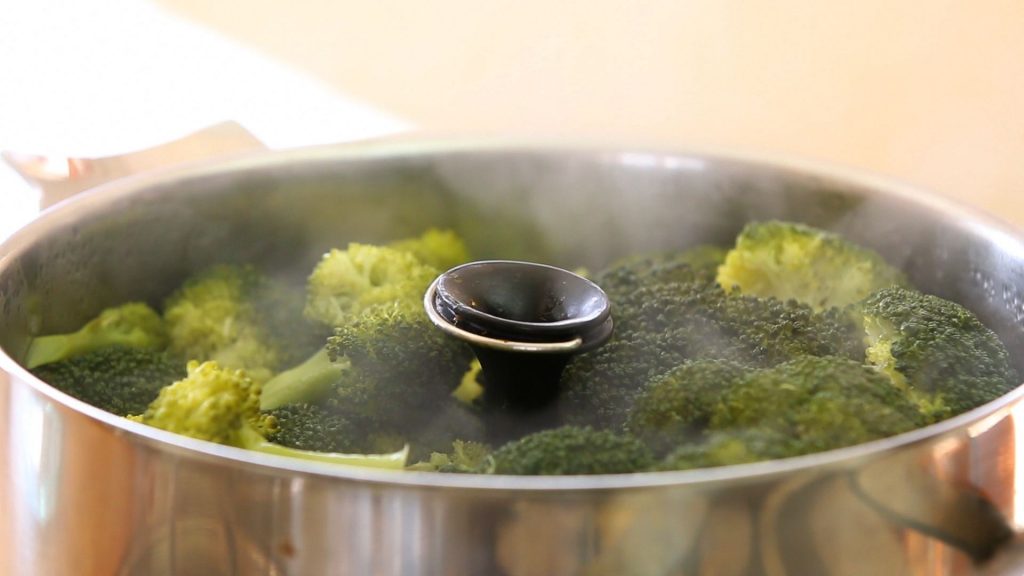
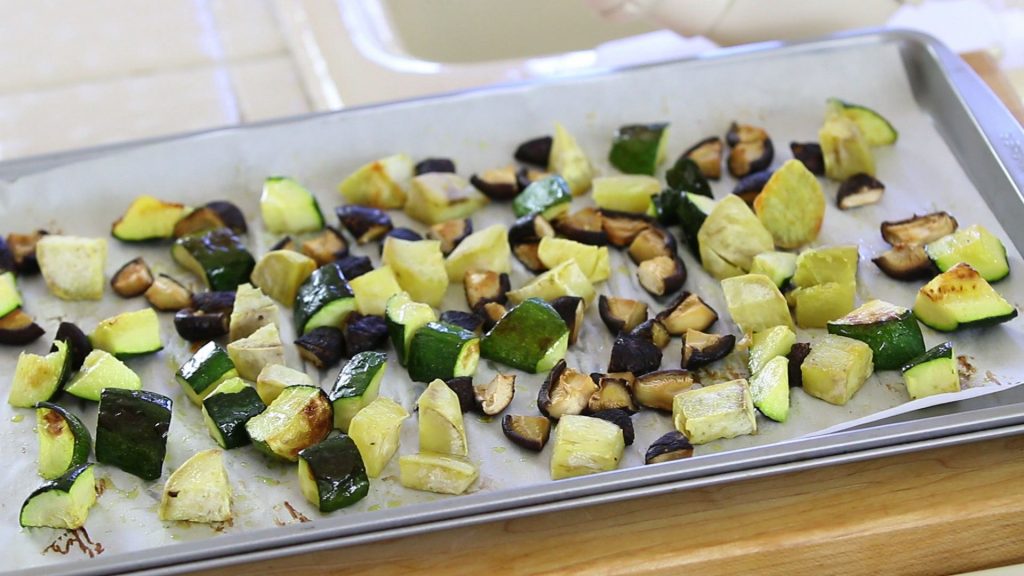
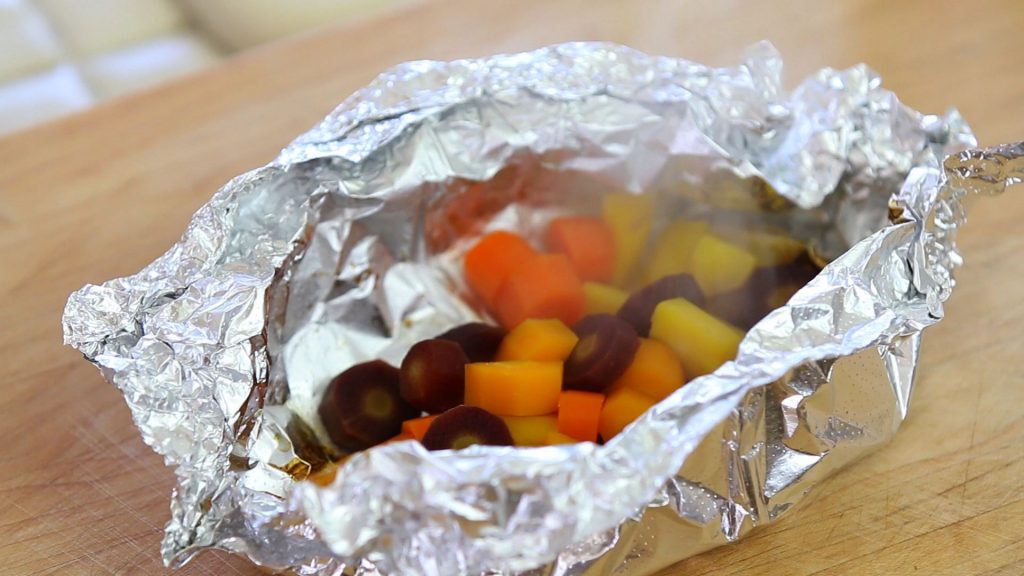
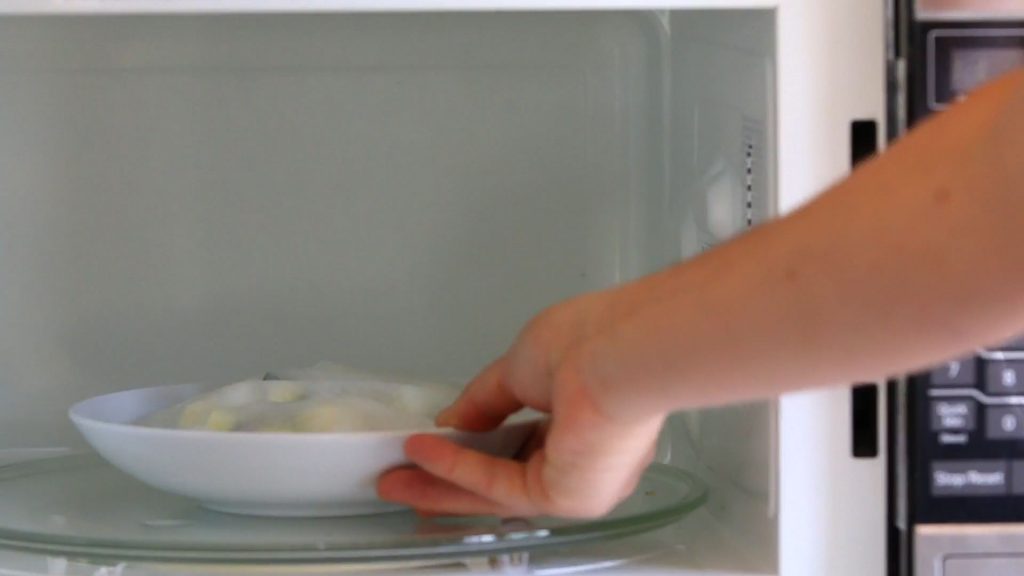
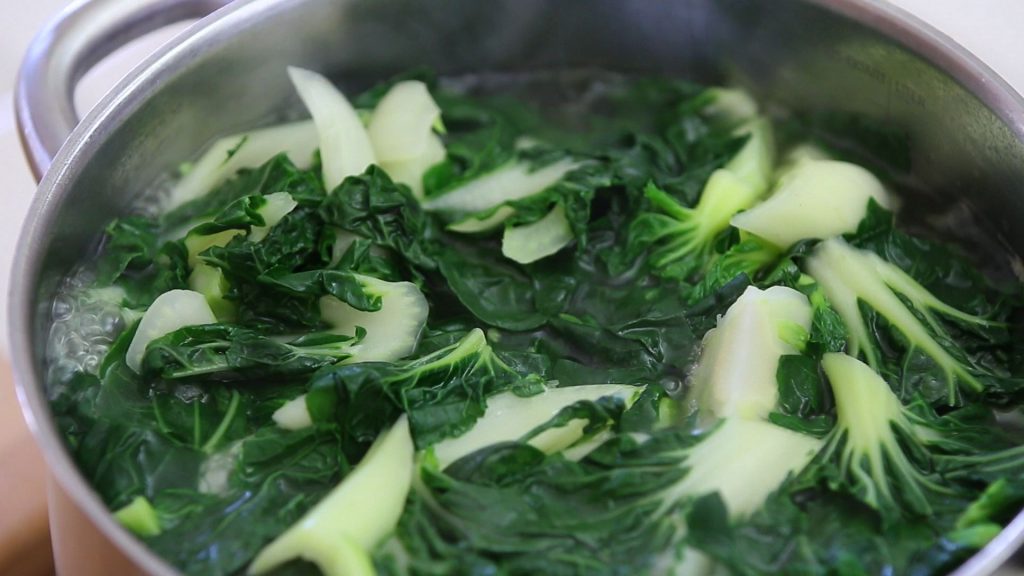
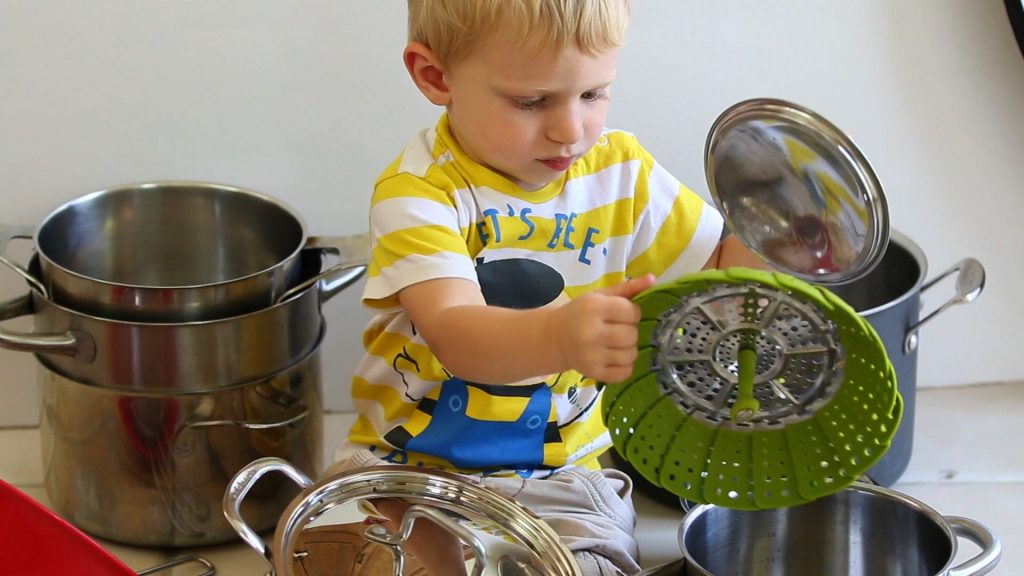
3 Comments
Did you make this recipe? Share the love, tag @buonapappa on Instagram and hashtag it #buonapappa I would love to see your creations!
How to cook baby food. Best cooking methods - PowerVideo
April 15, 2016 at 3:36 am[…] Cooking baby food – best cooking methods […]
FARAH
January 9, 2018 at 10:52 amcan we use them for 4 months baby?
Mahmoud
UJ
Barbara Lamperti
January 9, 2018 at 6:53 pmHi Farah!
yes, you can introduce solid foods in your baby’s diet starting from 4 months of age if you think that your baby is ready. (you can get more information about the signs to check in this post https://www.buonapappa.net/introducing-solid-foods/ )
I would suggest to start very easy with very delicate flavors, easy to digest: 1 ingredient purees (carrots/zucchini/sweet potatoes/apple to give you an example)
Let me know if you have any question!!
Barbara